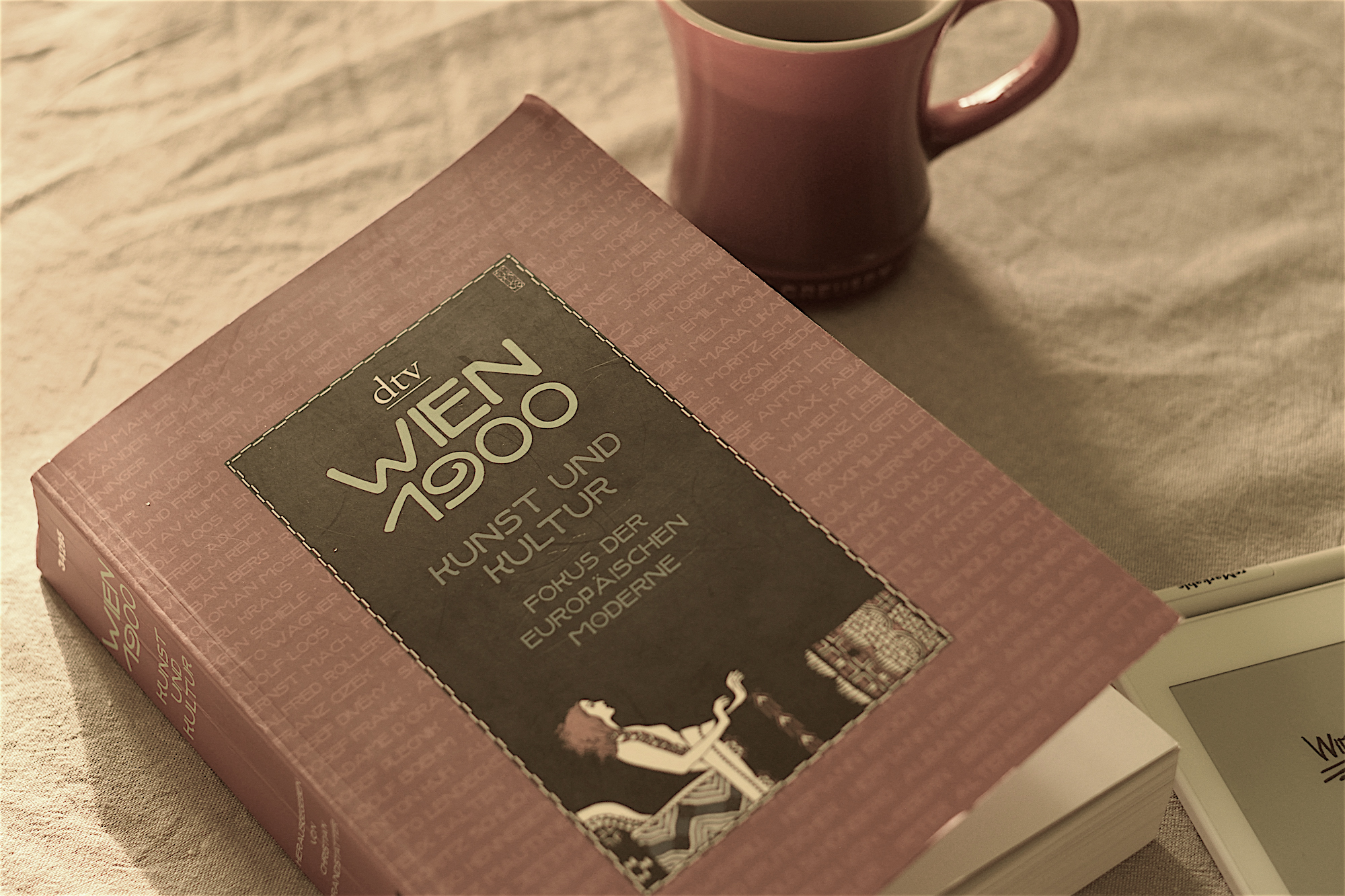Pretty much in the middle of the work is an image, a graphic depicting the most important personalities of the era strolling about on Vienna’s Ringstrasse. In the centre of the image, at the epicentre of culture, so to speak, inconspicuous yet immediately recognizable, is a man who changed things significantly for very many people: Ludwig Bösendorfer.
At a single stroke, a name has another face. What began as a fleeting glance at a picture on a Sunday morning, as the spark and hint of an idea, took on a life of its own from one day to the next, and in an exceptionally positive way, at that. For, if Ludwig Bösendorfer was depicted as the centre of culture in this picture, a number of questions arise, the answers to which would no doubt interest a lot of people. No, it’s not about the really big questions! Rather, it should be about making the person tangible and palpable once again, making him come to life. What was Ludwig’s daily routine? Who were his friends, his companions through the concert halls of history? With whom did he arrange to play cards? Which route did he take to work? And why is Otto Wagner standing right next to him?
Admittedly, a lot of this seems beside the point at first glance. Yet trust us, you’ll be surprised where these simple questions can lead. Alice once followed a white rabbit down his rabbit hole, and we’re tracing the steps of an Austrian into the heart of music, to a vision that to this day keeps a craft alive, one that is both progress and tradition.
This journal invites you to take a look at the faces behind the golden lettering on black lacquer, in both a literal as well as figurative sense. There aren’t many companies that can look back on a history spanning centuries and continue to exist to the present day. Many of them are right under our noses and within our grasp. What could be more beautiful than following the magic of music and the past into the future?
We are especially happy to get this opportunity to take you along this path, for there is still so much to discover, to seek and to find. In the end, the history also creates an unmistakable sound, as unmistakable as a concert grand and the fascination inherent in those who listen until the last note has faded into silence.
Follow us in the next episode Janaury 30 along the Ringstrasse — a Sunday morning around 1900 ...
